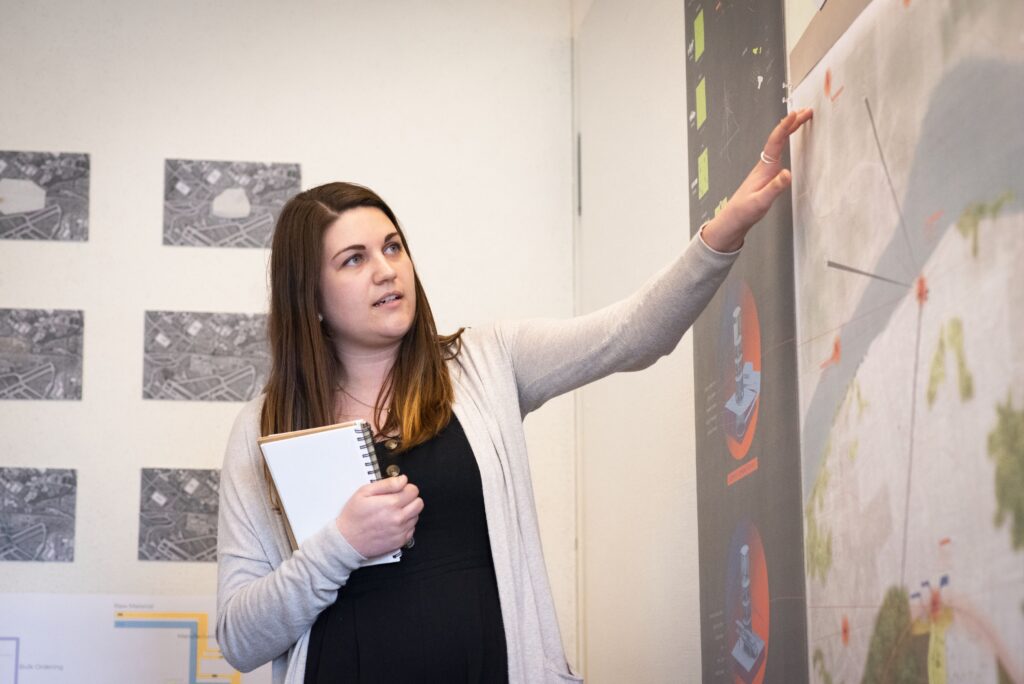
With speeds of nearly 700 miles per hour, hyperloop technology has the potential to revolutionize land-based transportation. But with that revolution comes new challenges for both urban destinations and rural environments.
This spring, students and faculty from the Sam Fox School of Design & Visual Arts at Washington University in St. Louis worked with Virgin Hyperloop One to investigate the impacts and potentials of the proposed Missouri route from St. Louis to Kansas City.
“We’re very excited to be collaborating with students and faculty at this world-renowned university,” said Jay Walder, CEO of Virgin Hyperloop One, who visited Missouri in April. “Partnerships are central to our business model, so it’s great to see academia, the public sector, and the private sector working together to bring hyperloop to Missouri.”
The 10 students — all master’s candidates in the Sam Fox School’s Graduate School of Architecture & Urban Design — were part of a studio called Infrastructural Urbanism, led by Linda C. Samuels, associate professor in urban design. The group kicked off things with visits to Virgin Hyperloop One’s headquarters in Los Angeles and its full-scale test track in Las Vegas. The students were able to engage with Virgin Hyperloop One engineers, architects, business analysts and other subject-matter experts to gain a firm grasp on the technology and understand its potential to transform regions.
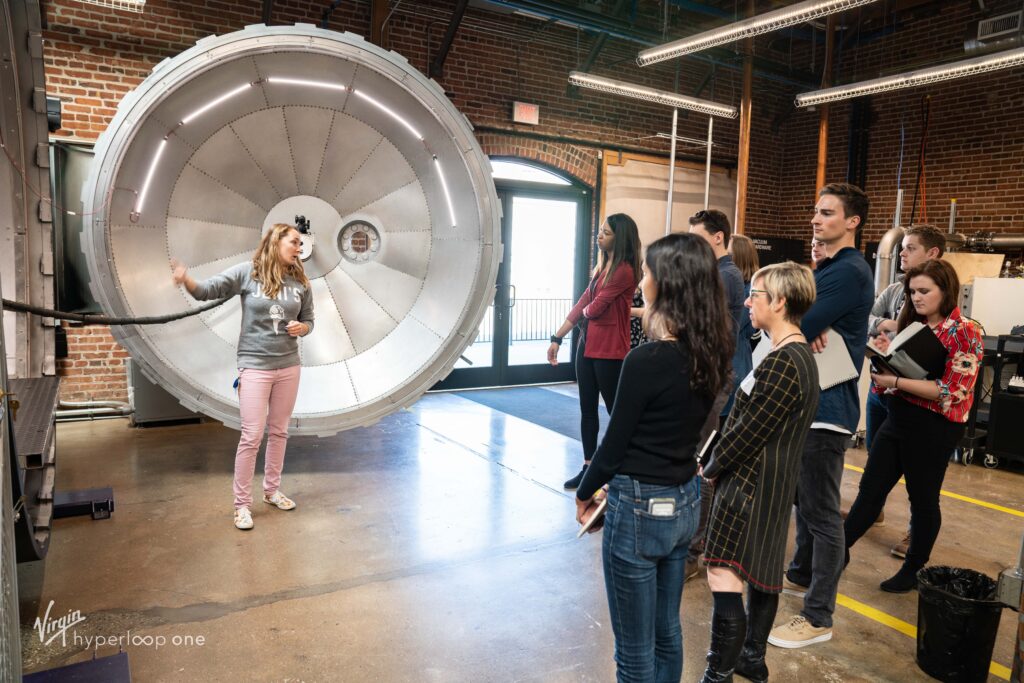
“My research centers around infrastructural opportunism, which seeks to leverage large scale infrastructure investment for more equitable and productive social, environmental and economic gains,” Samuels said. “New, high-speed ground travel like hyperloop will have profound impacts on the inter-connectivity of people and systems. Now is the time for architects, landscape architects and urban designers to play a role in the future of mobility.”
Over the course of the semester, students created symbiotic, mega-regional infrastructure proposals for hyperloop in Missouri. The projects spanned all facets of urban design, including utilizing hyperloop to bridge urban/rural divides, equalize the cost of living across mega-regions, and create specialized economic and industrial clusters.
For example, one series of projects explored the emergency response potential of hyperloop by creating medical pods that could rapidly deploy doctors and first aid supplies or operate as mobile hospitals. Simultaneously, portals (or stations) could serve as evacuation hubs for people fleeing disaster, stocked with naturally-harvested and cleaned water, food supplies and batteries charged with renewable energy.
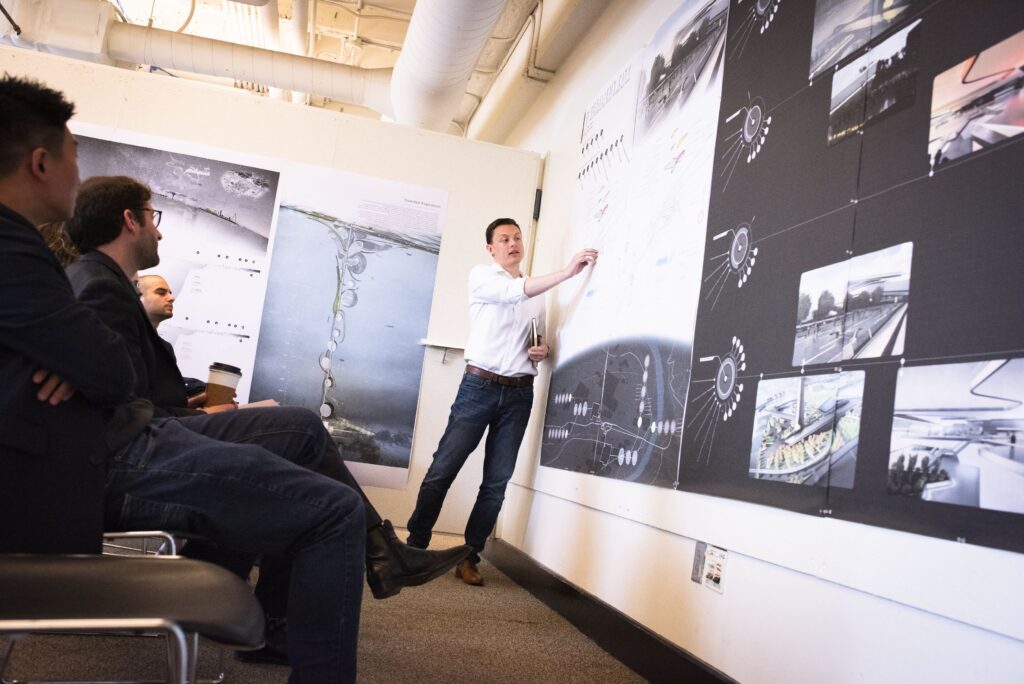
Partners at Black & Veatch, the St. Louis Regional Chamber and the Missouri Department of Transportation participated in workshops and regular design reviews. For the final review, the group was joined by Virgin Hyperloop One employees, along with representatives from the Kansas City Design Center and First Rule.
“The student projects were thought-provoking and provided invaluable insight for the Coalition and Blue Ribbon Panel to take forward,” said Andrew Smith, who serves as co-chairman of the Missouri Hyperloop Coalition and project liaison of the Missouri Hyperloop at First Rule.
The proposed Missouri hyperloop route would connect Kansas City and St. Louis in under 30 minutes. In late 2018, an independent report, authored by Overland Park-based Black & Veatch, confirmed the commercial viability of the route along the Interstate 70 corridor. Since the release of that report, House Speaker Rep. Elijah Haahr (R-Springfield), has announced the formation of a Blue Ribbon Panel to explore funding mechanisms and next steps for the project.
“In addition to having an opportunity to work with agencies and innovators on a real project, these architecture students were empowered to create a future vision that responded to a rigorous understanding of the challenges of climate change, demographic disparities and the topography of a beautiful and complex country” Samuels said.
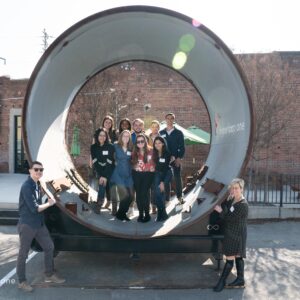
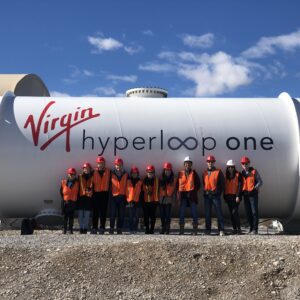
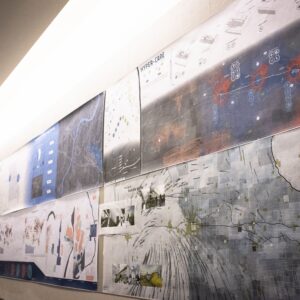
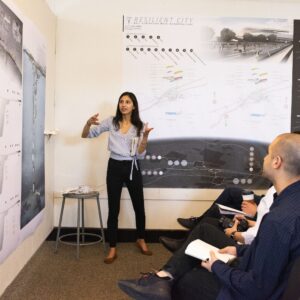
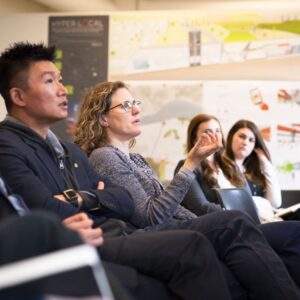
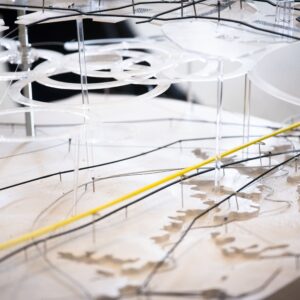
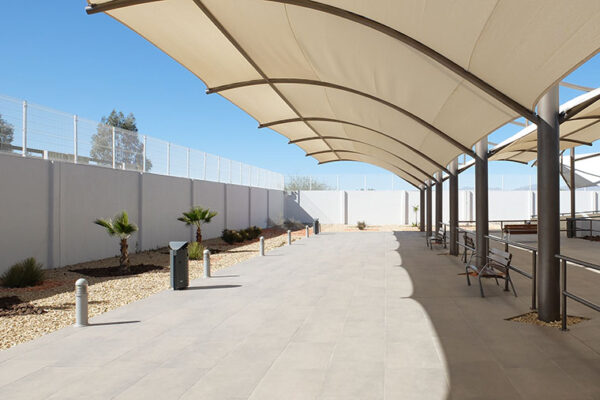
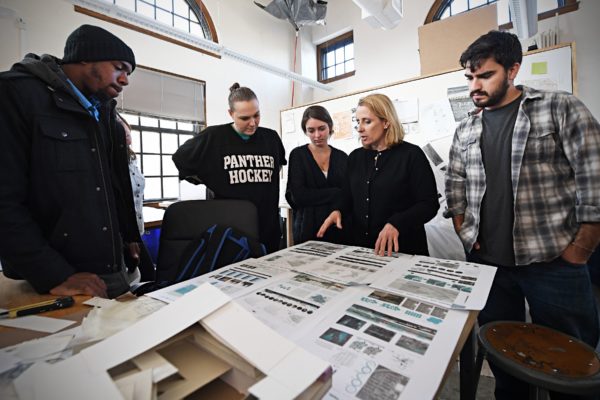
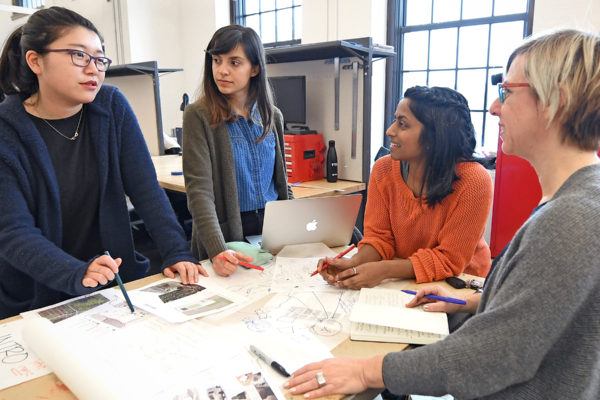
Comments and respectful dialogue are encouraged, but content will be moderated. Please, no personal attacks, obscenity or profanity, selling of commercial products, or endorsements of political candidates or positions. We reserve the right to remove any inappropriate comments. We also cannot address individual medical concerns or provide medical advice in this forum.